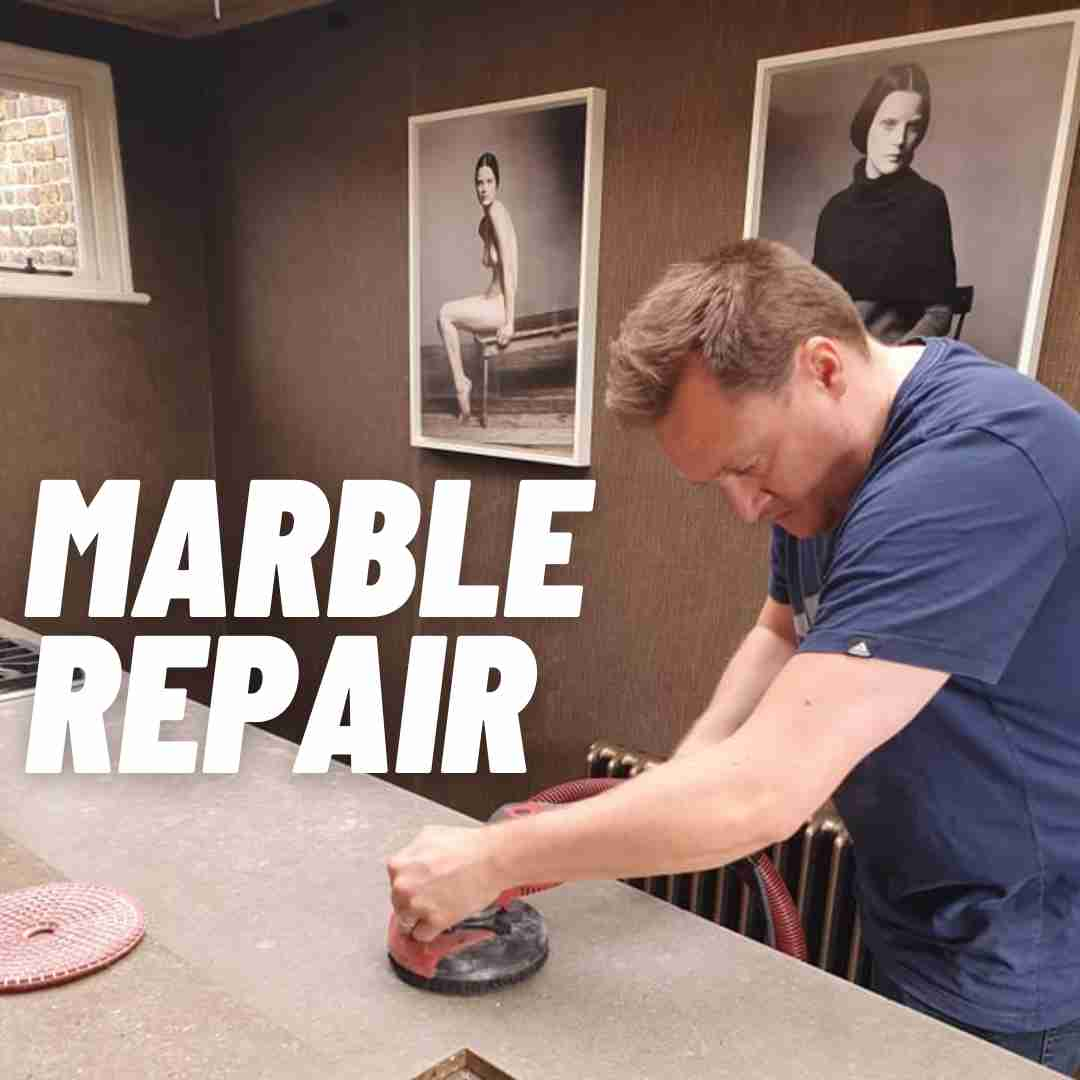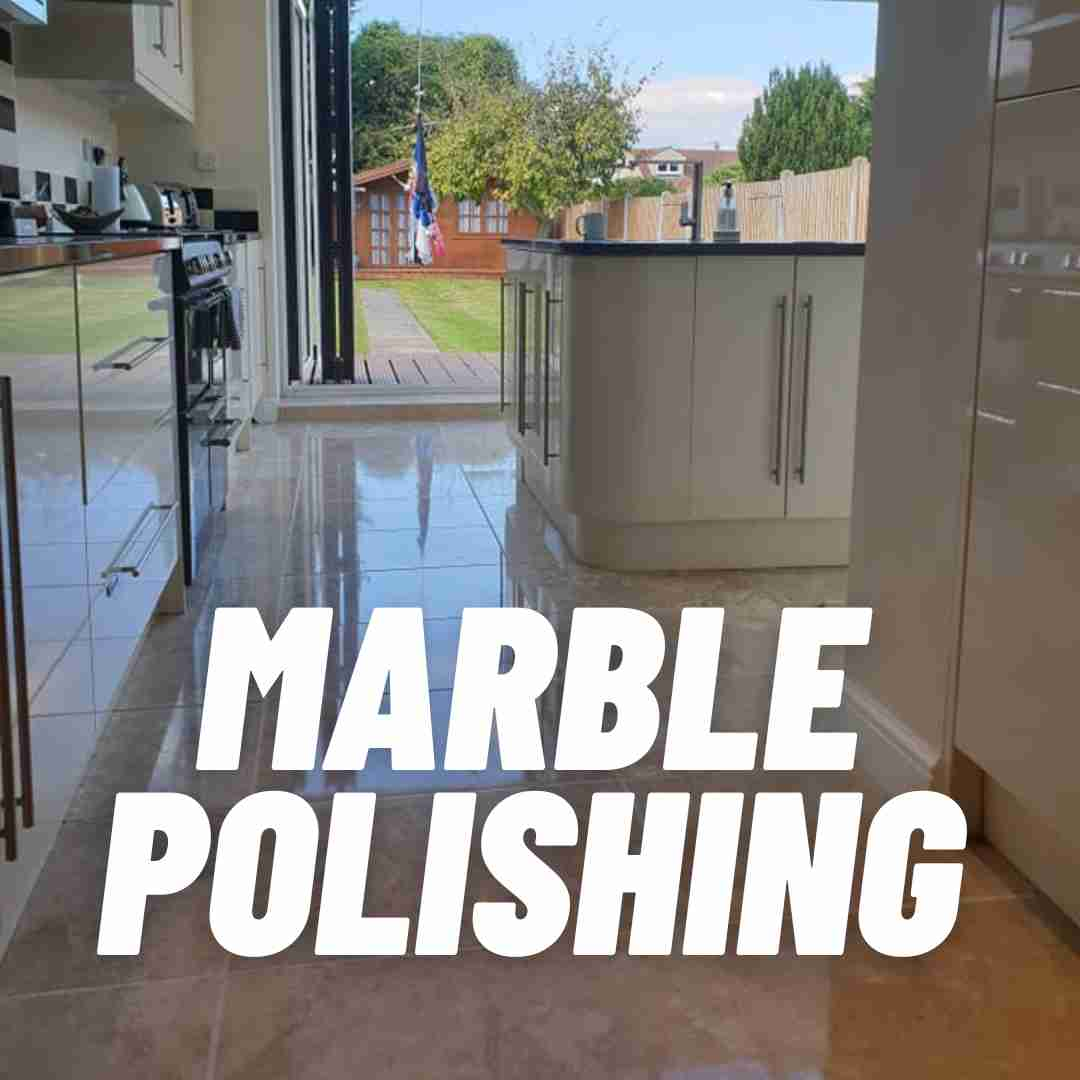Marble is a luxurious material that can be used in a sustainable way in architectural designs. To maximize marble's environmental benefits, architects and designers should follow certain best practices.
Optimal Integration in Architectural DesignsTo ensure optimal integration of marble in architectural designs, designers should consider the following:
1. Selecting marble that is locally sourced to reduce transportation emissions
2. Choosing marble with a low carbon footprint, such as recycled marble
3. Avoiding trendy designs and opting for marble with staying power
4. Regularly maintaining marble with an eco-friendly sealant to prevent staining and etching
By following these practices, architects and designers can ensure that marble is used in a sustainable way that maximizes its environmental benefits.
Combining Marble with Other Sustainable MaterialsMarble can be combined with other sustainable materials to create beautiful and eco-friendly designs. For example, designers can combine marble with:
1. Recycled glass to create stunning
terrazzo floors and countertops2. Reclaimed wood to create unique and sustainable furniture pieces
3. Natural fibers such as wool and cotton to create sustainable textiles
By combining marble with other sustainable materials, designers can create beautiful and eco-friendly designs that are both stylish and sustainable.
In conclusion, to maximize marble's environmental benefits, architects and designers should follow best practices such as selecting locally sourced and low carbon footprint marble, and combining marble with other sustainable materials. By doing so, they can create beautiful and sustainable designs that are both environmentally friendly and aesthetically pleasing.











